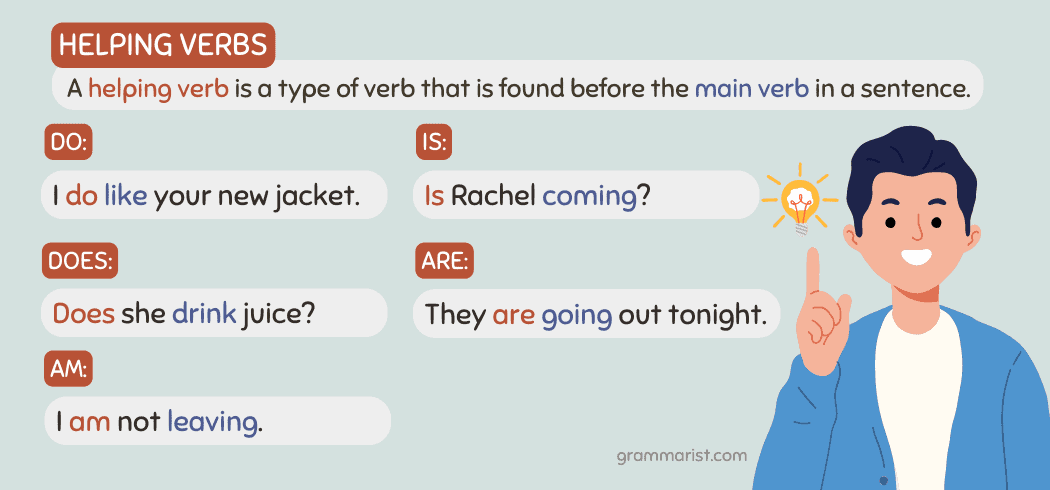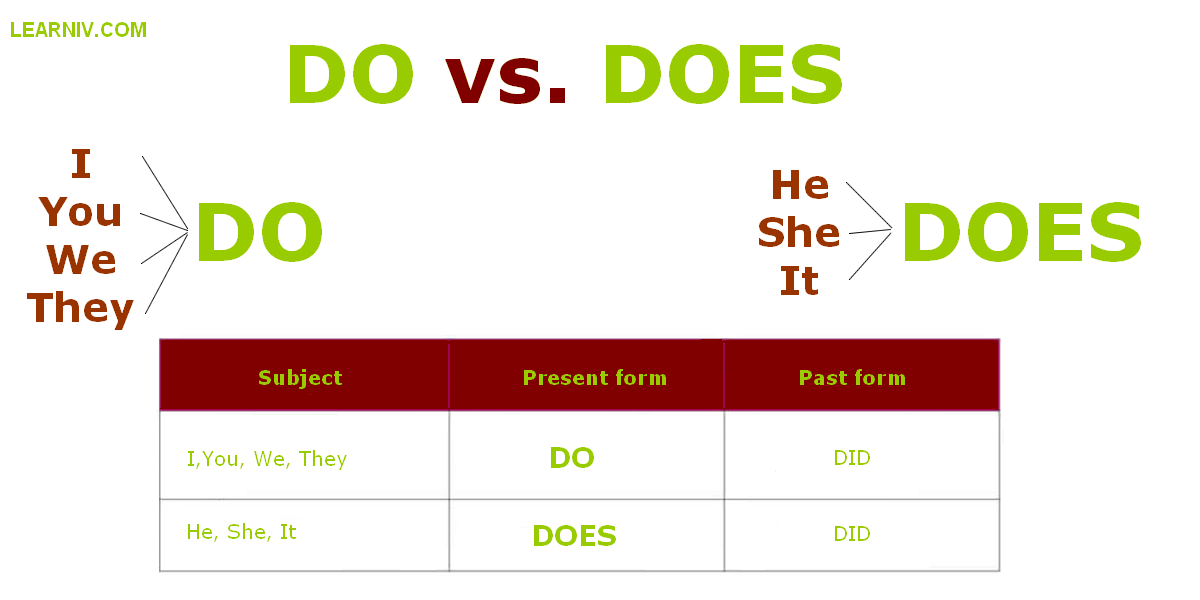Mastering Difficult Conversations: Best Practices for Delivering Bad News to Long-Term Clients
Introduction
Delivering bad news to a long-term client is one of the most challenging tasks professionals face in sales, customer service, and account management. These moments test the strength of business relationships and the skill of the communicator. The way you handle tough news can determine whether you retain trust, loyalty, and future business-or risk losing a valued client forever. This guide provides actionable strategies, real-world examples, and step-by-step advice for navigating these high-stakes conversations, while also highlighting what to avoid and how different cultures approach bad news delivery.
Understanding the Stakes: Why Delivery Matters
When a long-term client receives unwelcome news, the impact can ripple far beyond the immediate issue. Poorly delivered bad news can lead to dissatisfaction, negative reviews, and even the loss of business. Conversely, handling the conversation with empathy, honesty, and clarity can strengthen trust and loyalty, even when the outcome isn’t what the client hoped for [2] .
The Most Effective Way to Deliver Bad News to a Long-Term Client
1. Prepare Thoroughly Before initiating the conversation, gather all relevant facts. Understand the client’s history, the specifics of the issue, and potential solutions or alternatives. Anticipate questions and emotional responses. Preparation signals respect for the client’s time and investment [4] .
2. Choose the Right Medium The method of delivery influences how the message is received. For straightforward or less sensitive issues, email can be appropriate, offering clients time to process and respond at their own pace. For complex, high-stakes, or emotional news, a phone call or face-to-face meeting is preferable. This allows for immediate feedback, clarification, and demonstration of empathy [2] .

Source: invia.cz
3. Lead with Empathy Start by acknowledging the client’s feelings and perspective. Use phrases like, “I understand this is disappointing,” or “I can see why this would be frustrating.” Research shows that when people feel heard, they are more likely to accept difficult information and remain collaborative [1] .
4. Be Honest and Direct Avoid vague language or sugar-coating. Clearly state the issue, the reasons behind it, and its impact. Clients value transparency and will appreciate your candor-even if the news is disappointing [3] .
5. Offer Solutions and Next Steps After sharing the news, shift focus to solutions. Detail what you or your organization are doing to address the issue and offer realistic alternatives or compensation if possible. Provide a clear timeline for resolution and set expectations for follow-up [3] .
6. Document the Conversation After the discussion, send a follow-up email summarizing the key points and agreed actions. This ensures clarity, prevents misunderstandings, and demonstrates professionalism.
Example:
“I’m sorry to inform you that your shipment has been delayed due to unforeseen circumstances. We are working to resolve the issue as quickly as possible and will keep you updated on the status of your order. Please let us know how we can assist you further.” [2]

Source: tapeciarnia.pl
What Should Be Avoided When Conveying Bad News to Customers
Many common mistakes can worsen the impact of bad news. To maintain trust and professionalism, avoid the following:
1. Delaying the Message Waiting too long to deliver bad news erodes trust and can make the situation worse. Clients appreciate prompt, proactive communication-even if the full solution is not yet available [2] .
2. Lack of Empathy or Personalization Generic, impersonal messages make clients feel undervalued. Always tailor your message to the individual and their specific circumstances [4] .
3. Withholding Information Trying to soften the blow by omitting key details can backfire if the client discovers the full extent of the issue later. Be transparent about what happened and why [3] .
4. Failing to Provide Solutions Clients want to know what will happen next. Never deliver bad news without outlining possible next steps, remedies, or plans for resolution [3] .
5. Defensive or Blaming Language Avoid shifting blame or making excuses. Instead, take responsibility for the situation and focus on what you can control.
How to Respond to Bad News Over Text
Text-based communication (including SMS, chat, and email) presents unique challenges for delivering bad news. Tone is harder to convey, and messages can easily be misinterpreted. Here’s how to respond thoughtfully:
1. Use Clear, Concise Language Keep your message brief but informative. State the facts, acknowledge the inconvenience, and provide next steps.
2. Express Empathy Clearly Since tone doesn’t always translate in text, use explicit words to convey understanding. For example: “I’m sorry for the inconvenience this has caused.”
3. Provide an Immediate Path for Support Offer the client a way to discuss the issue further. For instance, invite them to call, reply, or schedule a conversation if they have questions or need more details.
4. Use Positive Buffers Where Appropriate Start with a positive or appreciative note before transitioning to the issue. For example, “Thank you for your patience while we review your order. Unfortunately, we’ve encountered a delay…” [1]
5. Avoid Overuse of Jargon or Abbreviations Clarity is crucial-make sure your message can’t be misunderstood.
Sample Text Response:
“Hi [Client], I wanted to let you know as soon as possible that there’s been a delay with your delivery. I’m sorry for any inconvenience. I’m working to resolve this and will update you by tomorrow. Please reply if you have questions or would like to discuss.”
Cultural Considerations: How Western Cultures Tend to Deliver Bad News
Communication styles vary by culture, and understanding these differences is essential in global business. Most people from Western cultures, such as the United States, Canada, and much of Europe, tend to favor directness when conveying bad news. This means they typically state the problem clearly and offer explanations and next steps without excessive formality or indirect language [4] .
In contrast, many non-Western cultures may use more indirect language, focusing on saving face or preserving group harmony. When working with international clients, it’s important to adapt your approach accordingly.
Step-by-Step: Delivering Bad News to a Long-Term Client
- Assess the situation -gather all details, understand the client’s history, and clarify the facts.
- Choose the right communication channel -select phone or in-person for sensitive or complex matters; use email or text for less urgent or straightforward updates.
- Open with empathy and context -acknowledge the client’s relationship and value, then introduce the reason for your message.
- Deliver the news clearly and honestly -avoid jargon, ambiguity, or blame.
- Offer solutions, alternatives, or compensation -demonstrate your commitment to resolving the issue.
- Invite feedback and questions -show openness to dialogue and continued partnership.
- Follow up in writing -summarize next steps and keep the client updated until the matter is resolved.
Potential Challenges and Solutions
Challenge: Client becomes angry or distrustful. Solution: Remain calm, validate their feelings, and reiterate your commitment to a solution. Offer a direct line for further discussion if needed.
Challenge: Client requests compensation or special handling. Solution: Review company policy, consider the client’s value, and negotiate a fair resolution. Always document agreements.
Challenge: News must be delivered to multiple stakeholders. Solution: Communicate consistently across all channels and individuals, ensuring no one is left out or receives conflicting information.
Key Takeaways
Delivering bad news to a long-term client requires empathy, clarity, and a solution-focused mindset. By preparing thoroughly, choosing the right channel, communicating honestly, and following up, you can preserve trust and even strengthen business relationships. Always avoid delays, vagueness, and impersonal messages. When communicating in writing, be especially clear and supportive. Remember, in Western cultures, directness is generally valued, but always adapt your approach for international clients. For further guidance, consult customer service training resources or speak with a business communications specialist.



